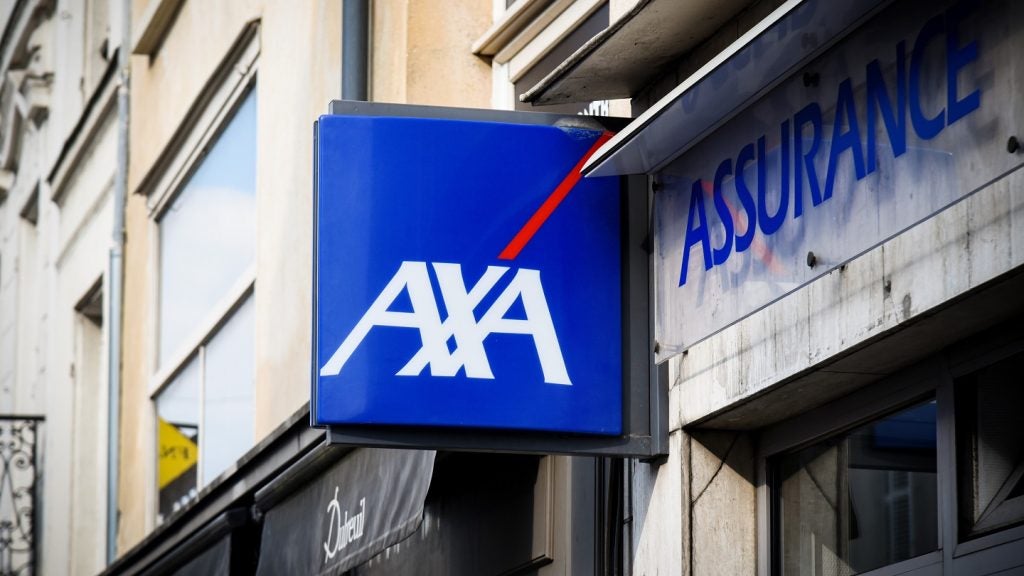The protection gap in the UK for mortality and
morbidity products is enormous. Over the years, many wise men and
women have considered, debated and cogitated at length over the
reasons for this:
“Underwriting puts people off”; “It’s too
expensive”; “Customers think it’s not going to pay out”; “The
products are too complicated”.
In recent years we’ve seen product providers
bring in slicker application processes and reduce underwriting,
while competition through aggregators has driven down the cost of
cover.
Most providers also publish their claims
statistics helping to highlight that the vast majority of claims
are paid, and the reasons why when they are not. And we have seen
product innovation with more simple life and sickness products
available than ever before.
The problem is we struggle to engage people.
We tell consumers about the shiny differentiating
How well do you really know your competitors?
Access the most comprehensive Company Profiles on the market, powered by GlobalData. Save hours of research. Gain competitive edge.

Thank you!
Your download email will arrive shortly
Not ready to buy yet? Download a free sample
We are confident about the unique quality of our Company Profiles. However, we want you to make the most beneficial decision for your business, so we offer a free sample that you can download by submitting the below form
By GlobalDatafeatures of our new product even though they
probably don’t know what the old product did, and won’t know why it
is marginally better than the product of someone else they are
unlikely to have heard of.
Imagine an alternative universe where Apple
had launched its iPhone, protection industry style…“It’s got a
411Mhz ARM processor, corning gorilla glass with oleophobic
coating, a TFT capacitive touchscreen and accelerometer and
proximity sensors.”
Instead, in 30 seconds on TV, Apple showed a
phone that fitted in the palm of your hand that you can control by
touching the screen. It knows where you are and has maps on it. You
can listen to music and watch movies on it. Oh, and, by the way,
it’s got a handy app that you can use as a spirit level.
Making protection relevant
In the UK we need to start putting effort into
making protection relevant, Apple-style.
In addition to products, systems and
processes, we need to learn how to get customers to
engage with products emotionally. We currently
have a heavy reliance on financial advisers to be the ones to make
protection relevant to customers on an individual basis.
In the future, I believe we’ll see a
polarisation of more comprehensive products that will be the domain
of advisers, and then simple, accessible products sold direct to
consumers. And I’m optimistic we’ll learn to engage with people
more frequently, at the right times, with highly relevant messages
based on needs, not products.
In Colombia, an electricity distributor has
turned protection distributor, promoting, selling and servicing
products. With over 2m electricity customers, it managed to sign up
300,000 customers into protection products over seven years.

Photo of Martin Sincup, a product manager at
LV
In Korea, protection is sold on shopping
channels – an engaging way to get across the benefits of protection
in a format people are comfortable with.
In Turkey, you can buy protection from an ATM.
Being able to take out financial protection at the time you are
transacting money makes sense.
Though I suspect regulation may be a little
lighter there than in the UK, where the extent of the ‘small print’
required would lead to a long and fidgety queue.
In Indonesia, one of the banks lets you use
your credit card statement to select the regular
outgoings you want to protect. Simple, but
highly relevant and tangible to the customer;
India’s example
protecting things that really matter. For
farmers in India, accident insurance is included with one
particular brand of fertiliser.
The bags of fertiliser include a small cost
for the accident cover, and there are no policy documents, the
farmers just keep the bags as proof. Brilliant. It’s all about
engagement, interaction, distribution and relevance.
In the coming years we will see even more
evolution in a world of rapidly developing technology, mobile
internet, social media and online communities.
How people buy protection now, and how they
will buy protection in 10 years’ time will look very different. The
UK protection industry needs to develop a strong understanding of
how we can interact most effectively with this new world. There are
exciting times ahead.







